Heating, ventilation, air conditioning and refrigeration (HVAC-R) technicians play an integral role in the installation, maintenance and repair of the indoor environmental control systems we use on a daily basis. Without HVAC-R technicians and their expertise, heating, cooling and refrigeration would not be as common as it is today.
There are a couple of options for becoming an HVAC-R technician, and we will get to that in a moment, but first we will skim the surface of this skilled trade with some background information.
As we mentioned in the opening, HVAC-R technicians install, maintain and repair HVAC-R systems and their components. Having said that, HVAC-R technicians play a vital role in the construction of commercial and residential buildings. If that seems kind of broad, that is because it is and such systems are fairly standard features among buildings of any kind.
Customer service is also an important facet of an HVAC-R technician’s job. It is imperative that they are able to actively listen to customer concerns and then explain which steps they are taking to resolve the issue.
Given that people will continue to use refrigerators, heating systems and air conditioners for the foreseeable future, the HVAC-R projects to remain healthy for many years to come. HVAC-R technician employment is projected to increase by 14 percent through 2024, according to the Bureau of Labor Statistics (BLS).
HVAC-R technicians receive better pay than many other occupations in America. Per BLS data, HVAC-R technicians earned a median salary of $45,910 in May 2016, with the highest 10 percent of earners making more than $73,000 per year.
Service contracts are becoming increasingly common, which helps stabilize business and technicians’ incomes throughout the year. HVAC-R technicians frequently work overtime during peak heating and cooling seasons.
HVACR technicians and the services they provide are needed all across the United States, which gives them the freedom to work practically anywhere they wish.
A recent study by Emerson Climate Technologies concluded that California, Ohio, Florida, Texas and Illinois are the best states for HVAC-R technicians to work in, based on job demand and other applicable factors.
Many tasks that HVAC-R technicians perform help improve the efficiency of the heating, ventilation, air conditioning and refrigeration equipment, which helps reduce the amount of energy needed for the systems to function. Duties such as changing filters, installing energy-efficient thermostats and installing other specialized equipment help reduce the carbon footprint of these systems.
The Occupational Information Network (O*NET) lists HVAC-R technician as a “Green Enhanced Skills” occupation. Part of this designation suggests further training may be needed as technology continues to improve.
Environmentally friendly innovations have the potential to create even more jobs. HVAC-R technicians can play a big role in increasing the energy efficiency of HVAC systems and reducing their effects on the environment.
HVAC-R help improve the quality of life of their customers while also saving them money by ensuring their HVAC-R systems are functioning in an optimal manner.
Now that we have covered some basic information and a few other interesting tidbits, let us now discuss the paths that one can take to fulfill their dream of living the life of a professional HVAC-R technician.
HVAC-R technicians have two choices of how they enter the workforce. Those two choices are completing a training program at a trade school or community college and working under a professional HVAC-R technician as an apprentice.
There are many advantages of choosing to enroll in a program at your local community college or technical school, three of which we will examine in greater detail.
Educational training programs can be completed relatively quickly
HVAC-R training programs are growing in number to accommodate industry demand. With this in mind, it should be easy for most people who are interested in the field to find a program close to where they live.
Once enrolled in a program, students can complete them in a fairly short amount of time. Most programs typically run between six and 24 months, depending on the school and the program. Many schools’ programs are closer to one year in duration.
HVAC-R programs at trade schools and community colleges prepare students for a career in the HVAC-R field by teaching them the skills that are essential to the profession. Following the completion of a training program, students are ready to enter the labor force, where they receive further training as entry-level HVAC-R workers.
Earn a better wage sooner
HVAC-R students can earn their certificate or degree (depending on the program) and start working sooner than people who choose four-year colleges and universities. They also earn better wages than HVAC-R technicians who forego any schooling and enter the field as apprentices.
HVAC-R apprentices earn approximately half of what their fully-trained counterparts do, though they receive pay raises as they learn and hone more relevant skills on the job. With this in mind, entry-level HVAC-R technicians who have an educational background know how to do more than apprentices, who do not enroll in such programs.
As a result of their training and advanced skill set, they can earn a higher wage sooner than their less-qualified peers.
Apprenticeships are becoming increasingly scarce
The overwhelming majority of future HVAC-R technicians choose to complete an educational training program offered at a trade school or community college to ready themselves for life in the field.
There remain a few aspiring HVAC-R technicians who seek entrance to the HVAC-R field by solely by completing an apprenticeships, though the number of those doing so is dwindling.
Apprenticeships for HVAC-R technicians generally last between three and five years. Apprentices receive training in the essential skills of the HVAC-R trade, much like those who enroll in training programs, but only from the professionals under whom they work.
HVAC-R technicians who complete training programs also receive additional training on the job, as not everything can be taught in an academic setting. It is advantageous to have an education background in order to cut down on the time spent on basic skills and spend more time learning specialized skills that are more pertinent to the technician’s current job.
HVAC-R technicians who complete accredited trade school programs or apprenticeships are expected to have a brighter employment outlook than those who do not.
There are many certifications that HVAC-R technicians can achieve to signify competence in a certain aspect of HVAC-R work. HVAC-R technicians who work with refrigerants are required to pass an exam administered by the Environmental Protection Agency (EPA). Certifications can make technicians more appealing to contractors and other potential employers.
Having established a few of the benefits and advantages of completing a trade school or community college training program versus opting for an apprenticeship, the obvious next step for those interested in an HVAC-R career to do is to find a program that meets their needs.
Start your HVAC career the right way at Coyne
Coyne College is one of the best skilled trade schools in Chicago and Chicagoland. Coyne is proud to maintain this status by thoroughly training aspiring HVAC-R technicians in its diploma program in the skilled trade.
Coyne College offers its HVAC-R program both during the day and at night to accommodate your busy schedule. The program can be completed in as few as 42 weeks and is offered at the Coyne College campus, located in the heart of the Chicago Loop at the intersection of State and Madison.
Coyne College’s HVAC-R program will prepare you to perform the essential functions of an HVAC-R technician, such as installing, maintaining and repairing HVAC-R systems in a multitude of settings.
In Coyne College’s HVAC-R program, you will gain the necessary skills and knowledge to succeed in the HVAC-R profession. Some of the required courses in the program’s curriculum include:
- Gas Heating
- Commercial Controls and Applications
- Troubleshooting Systems and Installation
- Air Conditioning, Electric Heat and Heat Pumps
- And more!
In the program, you will become well versed in the intricacies of HVAC-R by learning from experienced instructors who have significant experience in the field.
At the end of the HVAC-R program and with your diploma in hand, you will be ready to enter the workforce as an HVAC-R technician. There are also additional resources out there that can help with obtaining your HVAC license.
Coyne College is dedicated to helping its students find gainful employment following the completion of their respective programs. To that end, Coyne offers a wealth of career services and job placement help for its students, including networking and resume advice.
With more than 110 years of experience in helping aspiring skilled trade professionals become competent members of the labor force, Coyne College has a well-developed network of resources to help students gain employment at the conclusion of their training programs.
Coyne College also offers its students career assistance, including mock interviews, externships and resume help. These resources can help students secure apprenticeships after completing the program.
At Coyne College, HVAC-R students receive a well-rounded, first-rate education that provides them with the tools to succeed as a technician in the ever-growing workforce.
Schedule a tour or get started in this exciting skilled trade of HVAC-R today by visiting https://www.coynecollege.edu/.
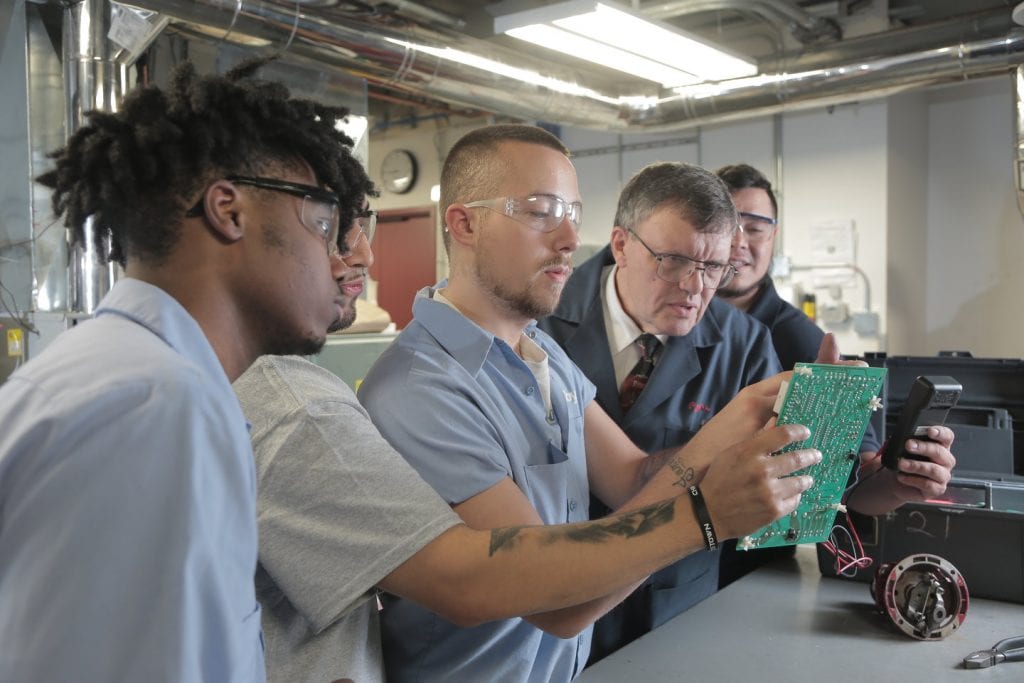
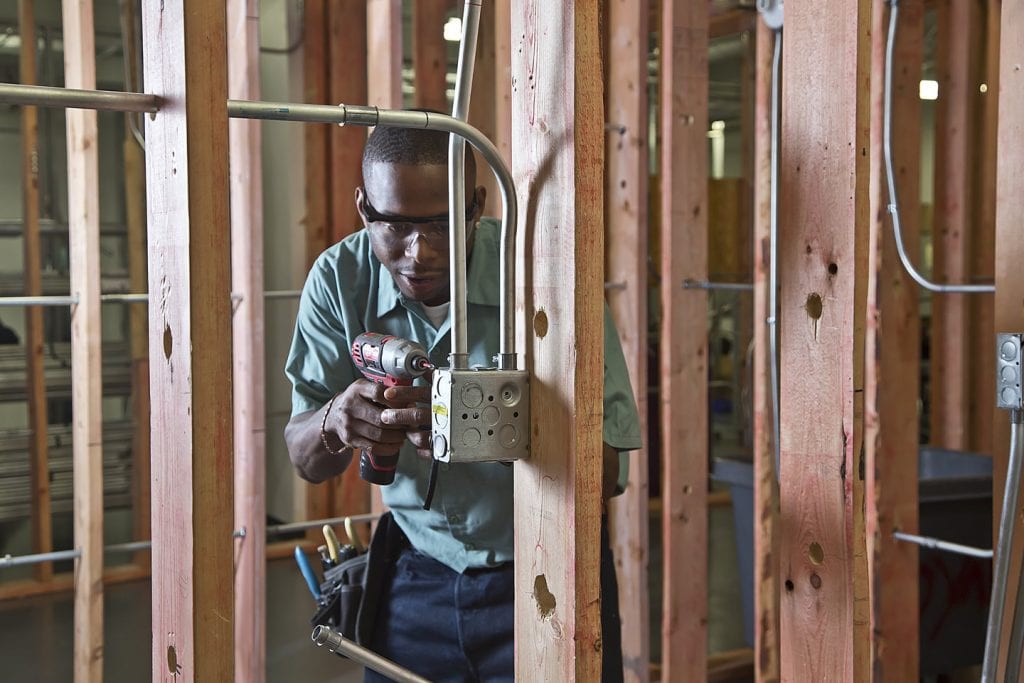



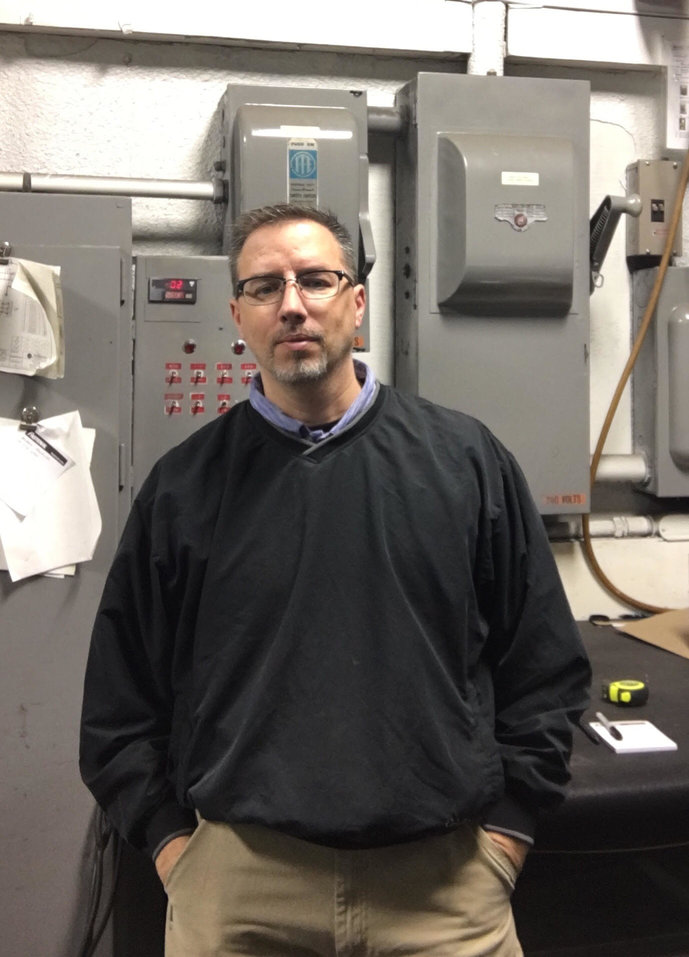

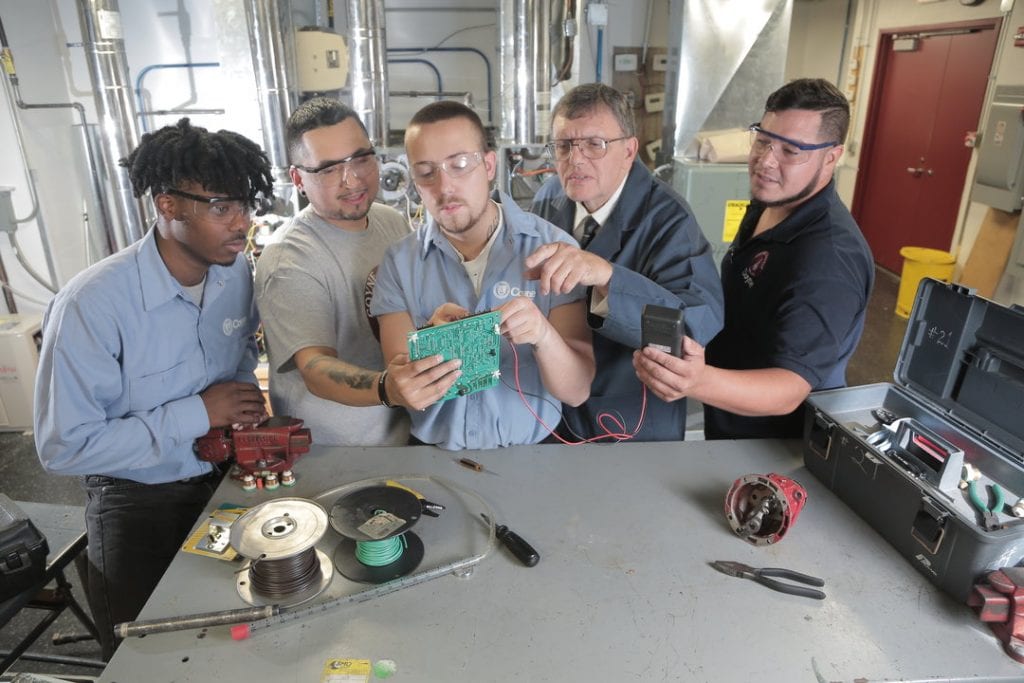
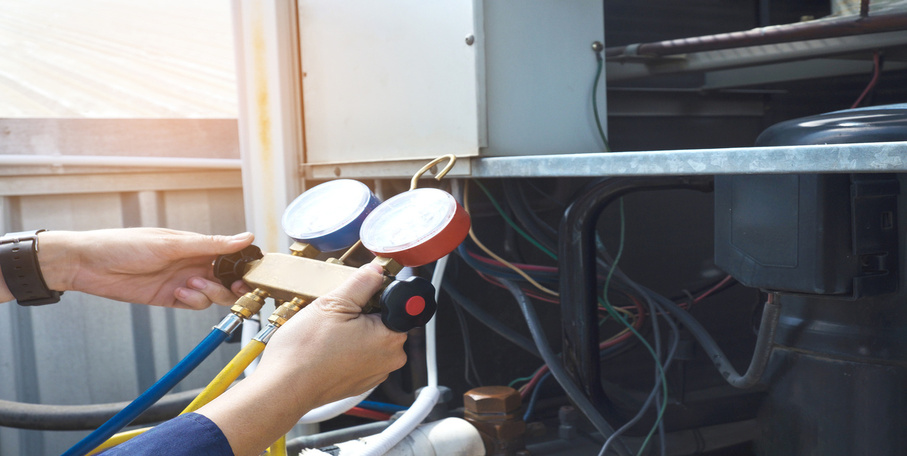

 Technology is all around us and is constantly changing. Medical coding has been affected by changing technology recently in more than a handful of different ways.
Technology is all around us and is constantly changing. Medical coding has been affected by changing technology recently in more than a handful of different ways.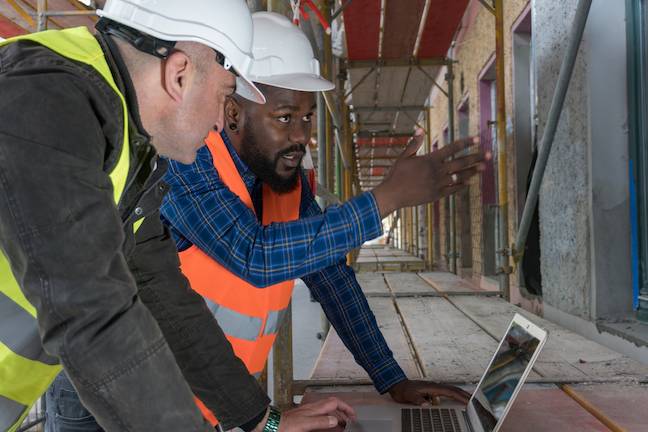



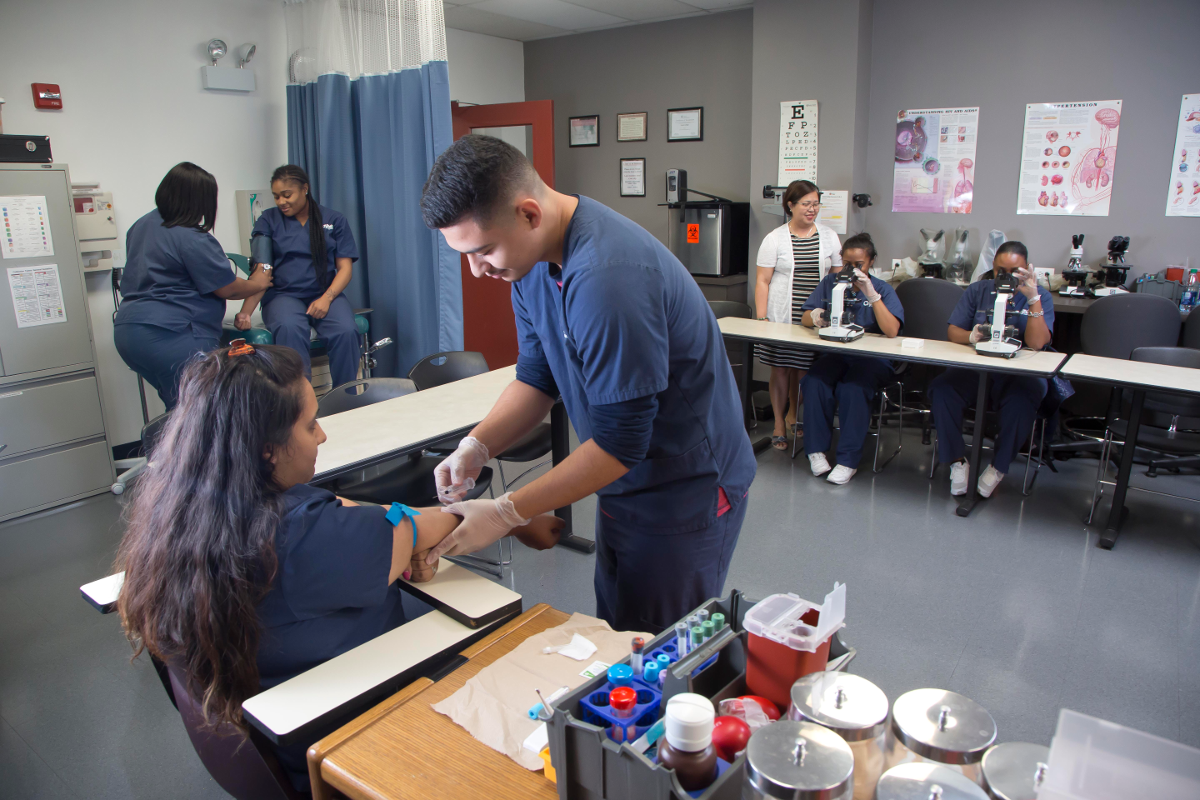

 Salvatore Vazzano graduated from Coyne College in December 2016, completing the
Salvatore Vazzano graduated from Coyne College in December 2016, completing the 